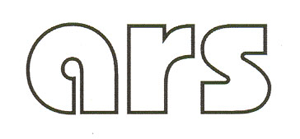Resumo em Português:
O artigo trata das fronteiras incertas entre neoclássicos e românticos ao abordar paisagem, graça e sentimento do belo. Não pretende negar as rubricas, que até hoje fazem sentido, mas mostra o quanto muita coisa estava embaralhada. Se no plano da reflexão e da prática da arte da paisagem a separação é nítida, no que diz respeito à graça e ao sentimento do belo, o historiador alemão Winckelmann, figura fundamental do cânone neoclássico, surpreende ao abrir a possibilidade de ruptura com a normatividade acadêmica, de caráter francamente objetivo, ao subordinar o belo a uma operação de caráter subjetivo, ao alcance de poucos, o que, em parte, justifica sua calorosa acolhida entre expoentes do romantismo, como Chateaubriand e Girodet.
Resumo em Inglês:
The article is about the uncertain frontiers between the neoclassic and the romantic regarding landscape, grace and the feeling of the beautiful. It doesn't intend to deny the headings, which make sense until nowadays, but shows how much a lot was scrambled. Regarding the reflexion and practice of landscape art, the difference is clear; but the German historian Winckelmann, main figure in the neoclassical canon, surprises when showing the possibility of rupture with the academic normativeness of frankly objective character, subordinating the beautiful to a reached-by-few operation of subjective character concerning the gracefulness/beauty and the feeling of the beautiful, what partly justifies his warm welcome among exponents of romanticism as Chateaubriand and Girodet.
